
General Jannie Geldenhuys.

General ‘Kat’ Liebenberg (centre).
Jonas Savimbi, the Swiss-educated rebel leader of UNITA. Savimbi, trained at China’s Nanking Military Academy, was once recognised by international observers and many governments as one of Africa’s finest guerrilla commanders. © Fred Bridgland.

A SADF liaison officer with Savimbi at UNITA headquarters, at Jamba, in southeast Angola.
SADF Valkyrie Multiple Rocket Launcher (MRL) deployed near Cuito Cuanavale during the war.

Demostenes Chilungutila, senior UNITA general. © Fred Bridgland.

Ben-Ben Arlindo Pena, senior UNITA general. © Fred Bridgland.
Commander of 20 SA Brigade. Colonel P. S. Fouché with two M-46 Russian artillery pieces taken by the SADF during the Operation Hooper attack on 21 Brigade.

South African 155-mm G-5 artillery on the outskirts of Cuito Cuanavale pounding Cuban and Angolan positions. The guns were carefully camouflaged against enemy air attacks.
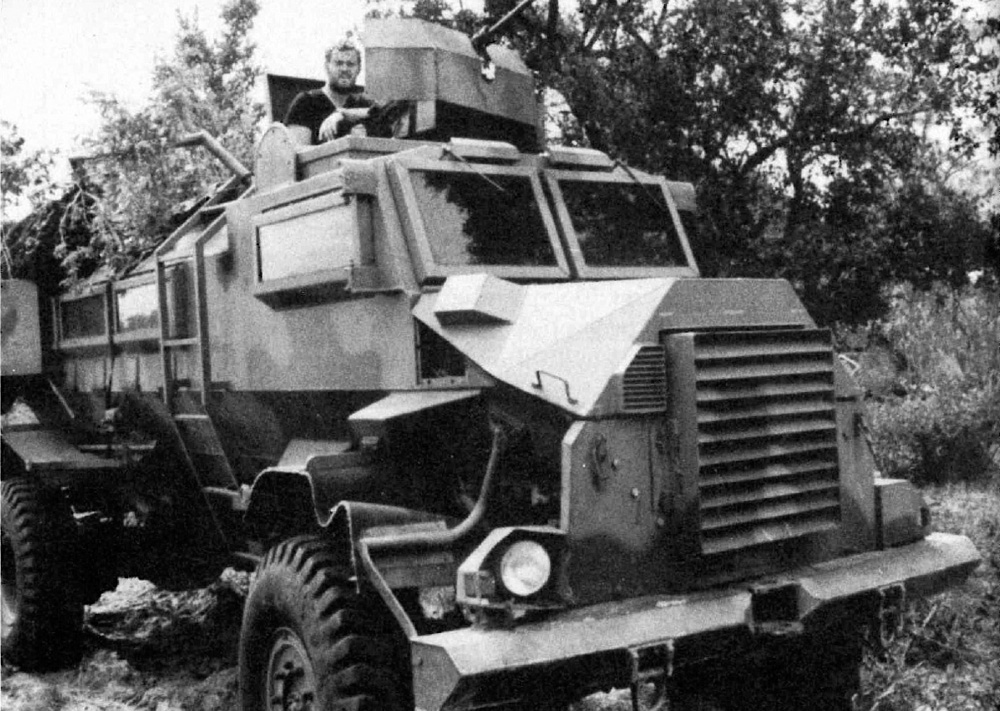
Captain John Mortimer in a Casspir attached to an SADF/UNITA liaison team; he stood in for Les Rudman’s team during their home leave.
UNITA troops inspect Fapla Soviet-made T-55 tank knocked out by a wire-guided ZT-3 missile, a top secret South African weapon.

Cuban infantry in Angola hitch a ride on a BRDM armoured car.
This Mirage F-1AZ of 2 Squadron SAAF made repeated sorties over southern Angola in spite of the presence of superior, faster and more sophisticated Mig-23 aircraft flown largely by Angolan pilots, but also by Cubans.
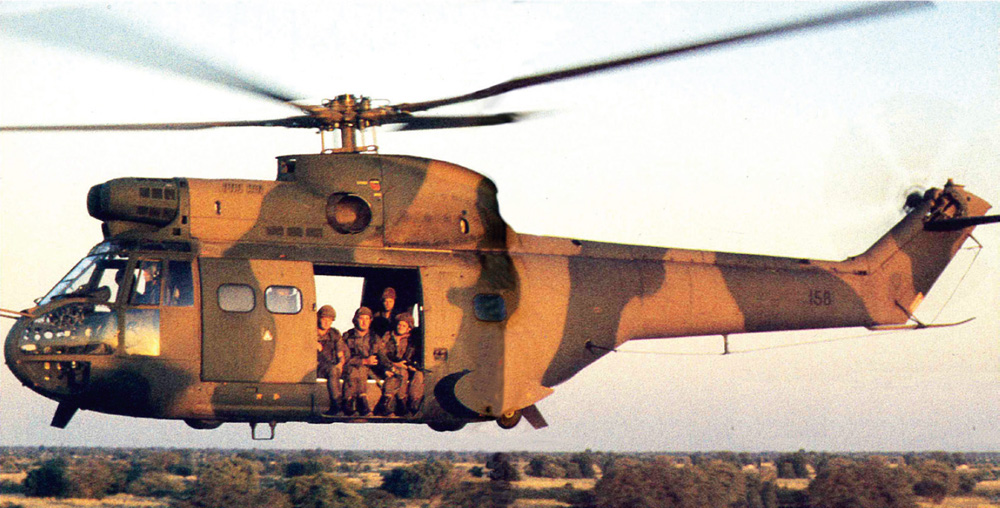
Puma helicopters rendered sterling service throughout the campaign. Because of the presence of enemy jets, they tended to work at night. This one is shown over Ovamboland, northern Namibia, with members of an SADF Reaction Force unit ready to deploy.
A ZU-23 anti-aircraft gun captured from Fapla and deployed by the SADF.

SADF General Willie Meyer (left) explains an attack against the Cuban/Fapla forces in the War for Africa to the United States military attaché in Pretoria.
Gathered together before the onslaught, South African forces prepare for battle on Angolan soil.
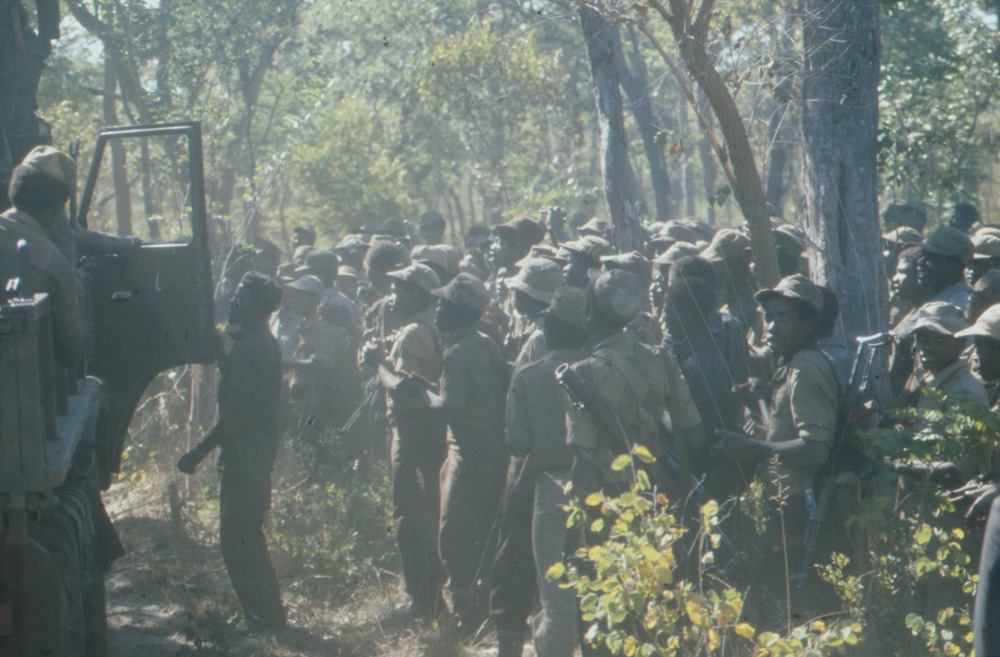
Unita guerrillas preparing to enter battle © Fred Bridgland.
Bushmen of the SADF’s 201 Battalion played an important role in the War for Africa. Although they operated as machine-gunners, drivers, signallers, medics and mortarmen, their most remarkable skill was tracking, following nigh-on invisible spoor at great speed.

South African missile crew with French-designed Crotale missile battery. It is known as the Cactus missile in South Africa. One of the missiles had been fired at an attacking Mig-23 without success.

Troops clamber over an Angolan Air Force, Russian-built Mi-8 assault helicopter shot down during the battles. This helicopter is codenamed Hip by NATO.
Tailplane of a Russian-built, Cuban-piloted Mig-23 fighter (codenamed Flogger by NATO) shot down by an American Stinger missile near the Cunzumbia River in Angola.

UNITA troops prepare to demolish a rail bridge on the Benguela Railway.
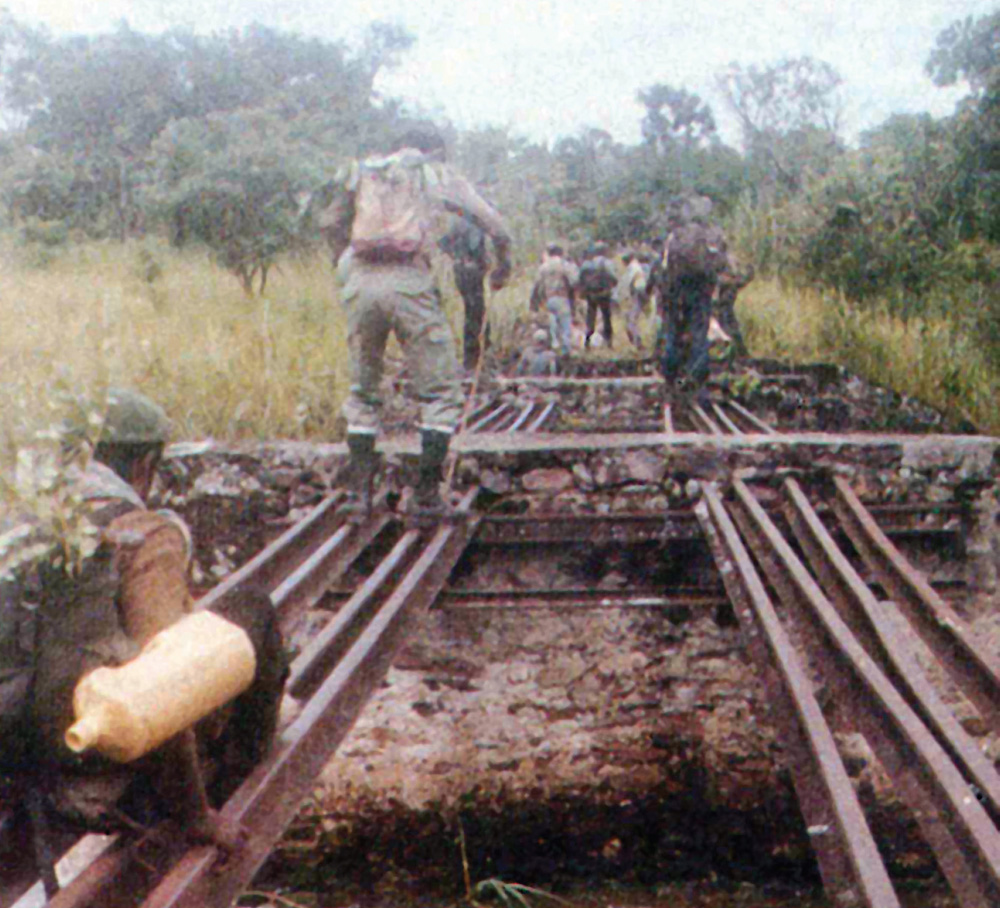
UNITA soldiers frequently moved on foot along the Benguela Railway, blowing up points systems as they progressed.
Some Russian-supplied radio equipment captured by South African troops during the Cuito battles appeared to date from World War II. Very little up-to-date electronic gear – apart from ultra-sophisticated missiles and aircraft tracking devices – was deployed by the Angolans.
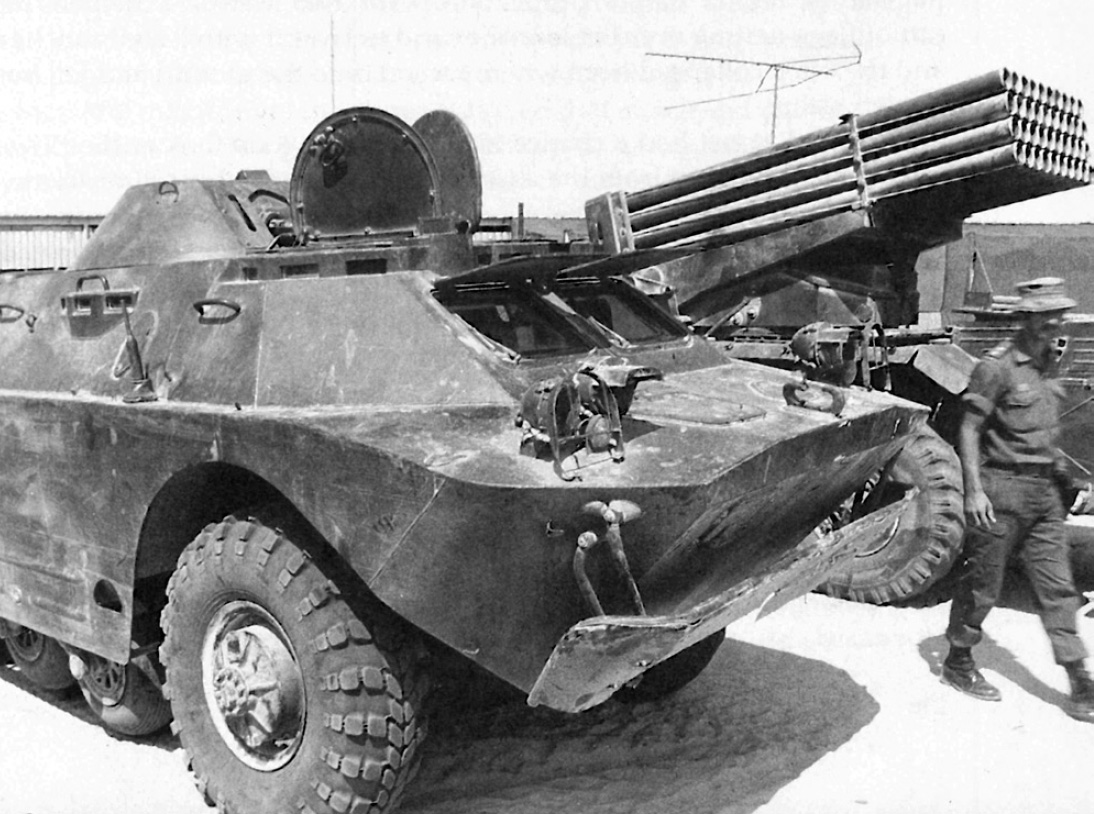
Without Soviet weapons, the Angolan war would have ground to a halt; in the background is a Russian BM-21 ‘Stalin Organ’ MRL system and, foreground, a BRDM amphibious scout car.
South African Olifant tanks moving up to the front prior to the big engagement near the Cuito River with Angolan and Cuban forces.

President Fidel Castro of Cuba addressed the nation prior to Fapla’s 1987 attacks in eastern Angola.
Cuban ‘Tanquistas’ in Angola.

Civilian ammunition bearers pass through a village close to the front. UNITA copied the North Vietnamese Vietcong in its strategy to transport weapons. © Jim Hooper
Unita Soldiers crossing river. © David Kane
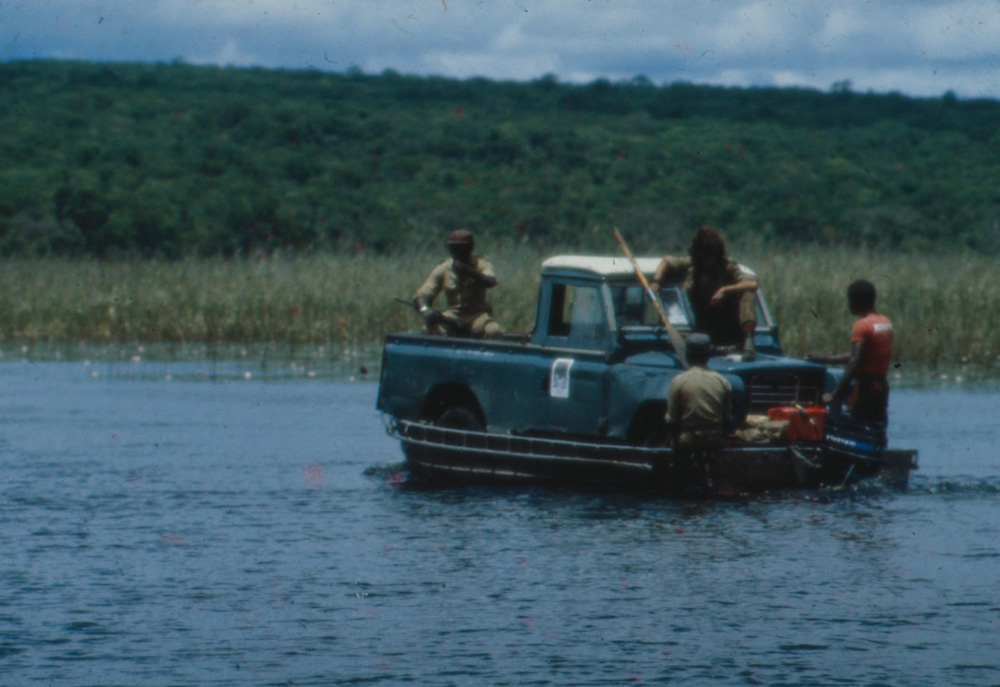
Fred Bridgland.
Laying landmines on the approaches to a bridge on the road to Cuito Cuanavale. South African and UNITA Special Forces played a major role in disrupting Fapla supply columns.
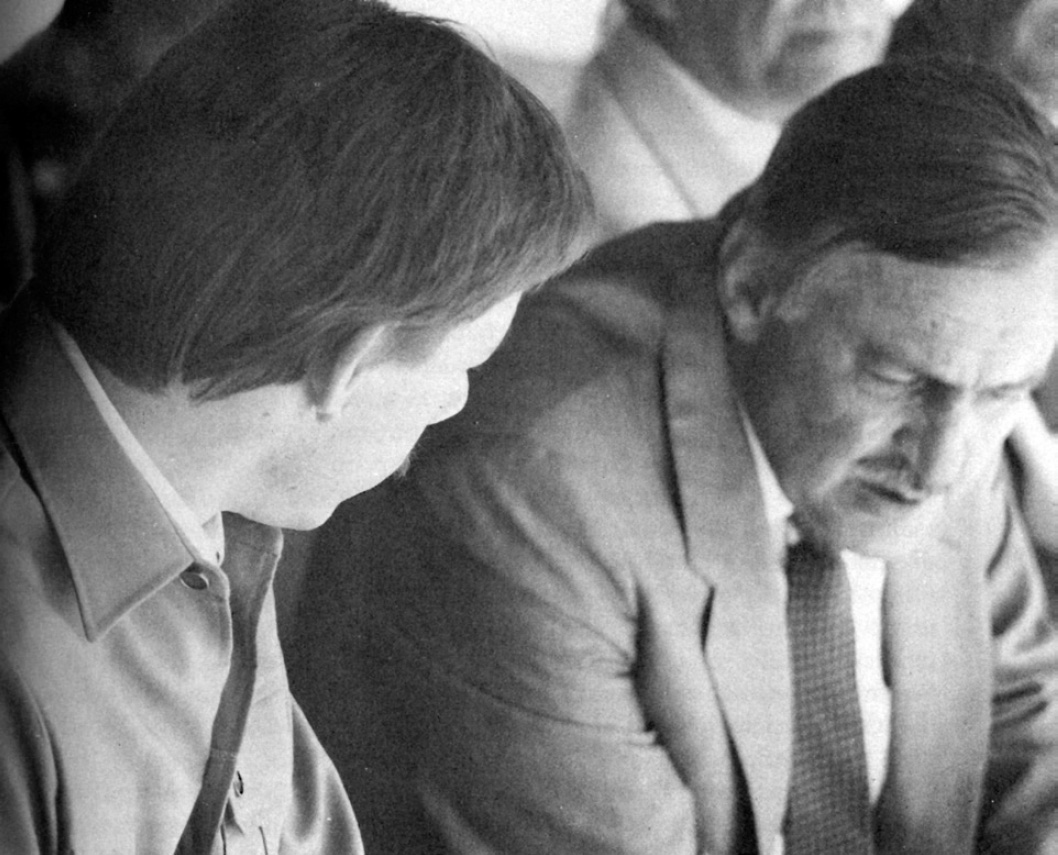
South African Minister of Foreign Affairs Pik Botha with freed SADF prisoner of war Johan Papenfus.
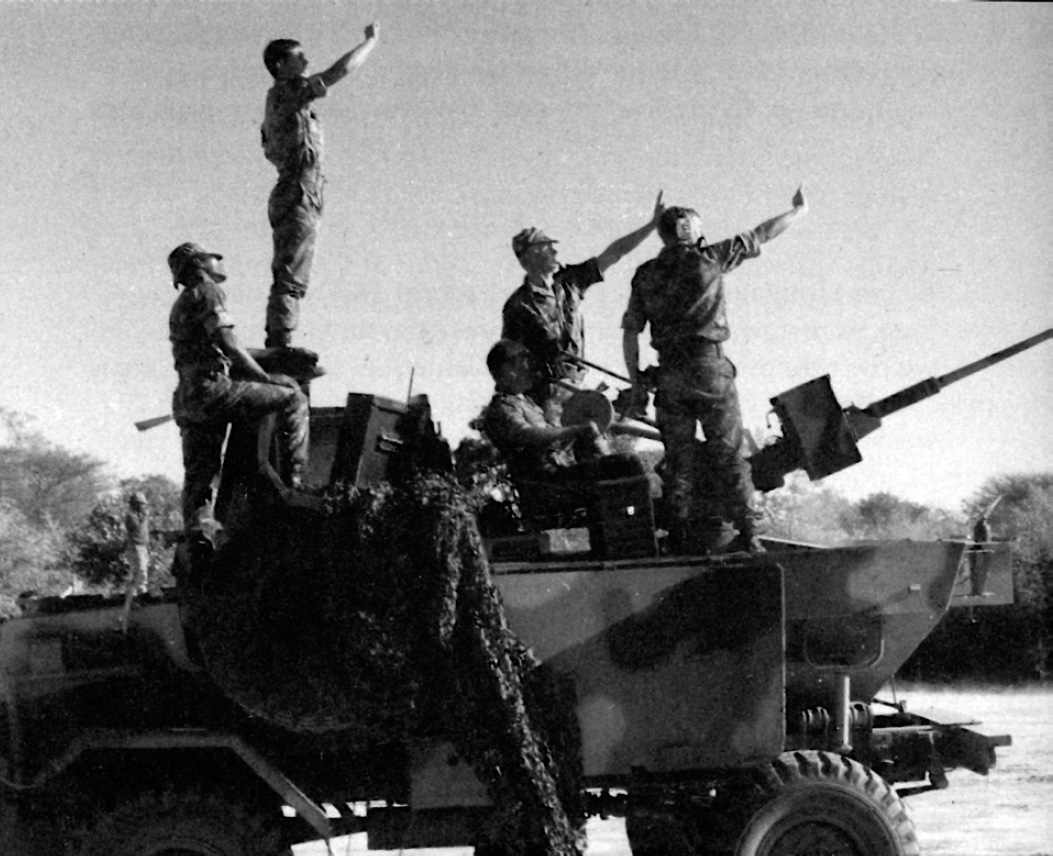
Anti-aircraft Krimpvark gun developed by Armscor and deployed during hostilities in South Angola.
Fifteen-year-old Fapla soldier Bernardo Ngulu (left) taken prisoner by UNITA. His second-hand uniform was bought for him by his father. UNITA interpreters claimed Bernardo had never been issued with boots. UNITA frequently captured Fapla soldiers: many were executed. © David Kane

Ratels, Valkirie MRLs and supply trucks pull back across the Kavango River towards the end of the War for Africa.